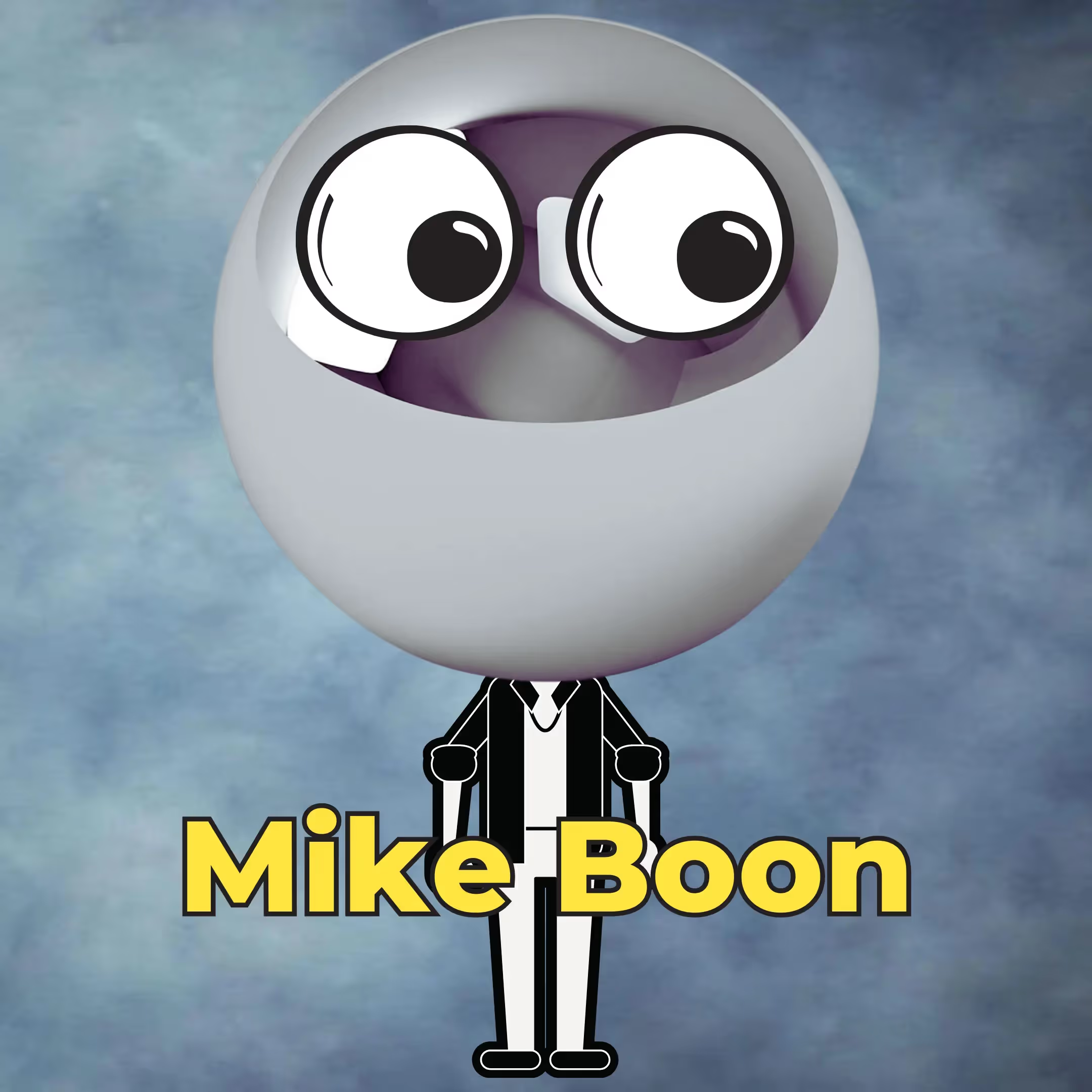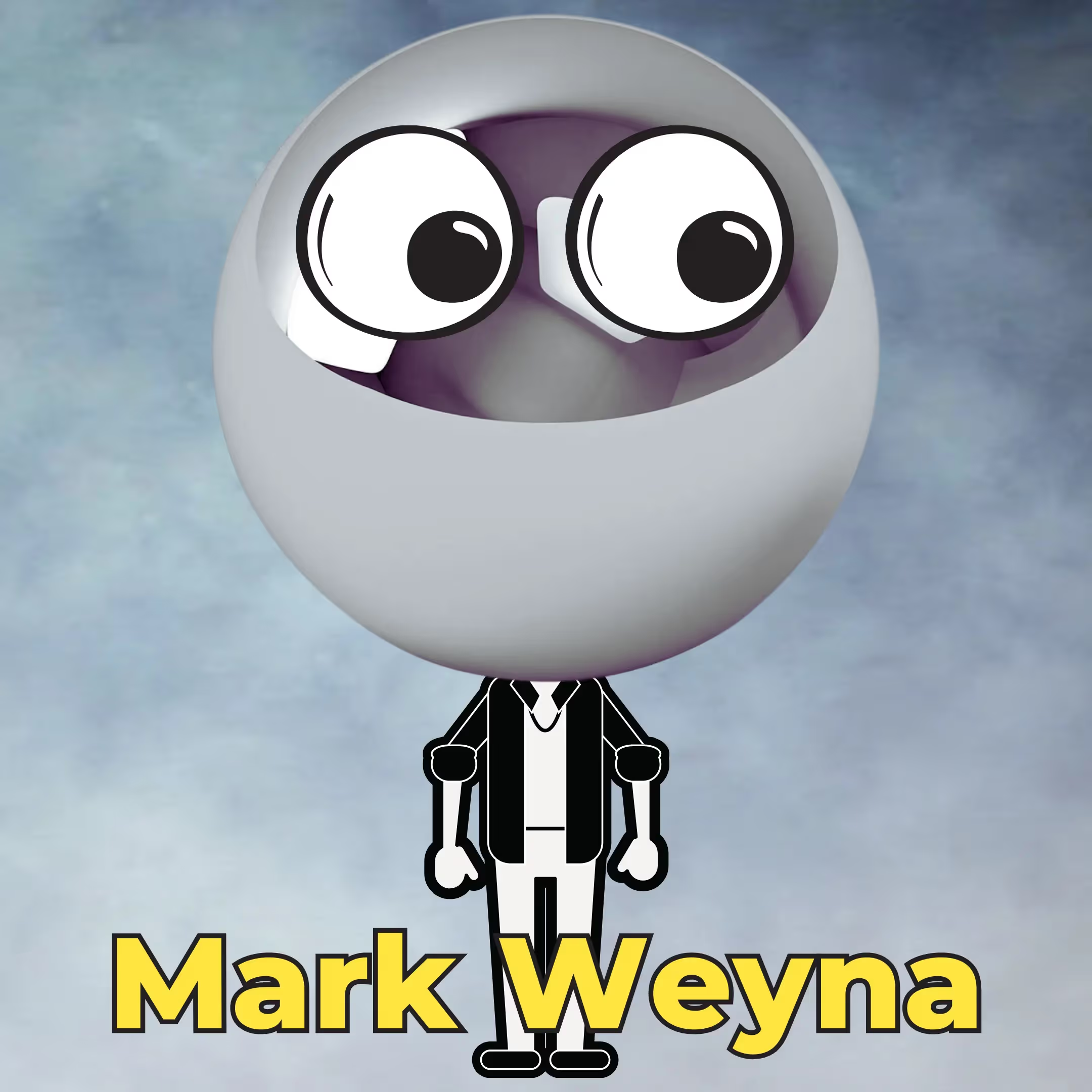No Skeletons in Our Closet: The Ultimate Guide to Bally's Scared Stiff Pinball

Scared Stiff, released in 1996, is a bit of a sad story: Bally/Williams’ pinball division was plummeting in sales. Money was tight, and so Scared Stiff was gutted as far as interesting gadgets were concerned, meaning the game shipped without the intended air-brushed bone flippers, light-up skull pile in the corner, and others. In any case, Scared Stiff is legendary, combining horror with comedy, and is packed to the brim with various innuendos and double entendres, all owing up to the iconic aesthetic of the game’s hostess, Elvira and her B-movie horror theme.
Scared Stiff is often considered to be a sequel to Elvira and the Party Monsters and became the second entry in a trilogy after Elvira’s House of Horrors hit the scene twenty-five years afterwards.
Though opinions will vary, I’ll argue that Scared Stiff is the best of the three, combining a feature-based focus with some spectacular shots, great theming, unique features, and one of the most exciting jackpots in all of pinball.
Scared Stiff Production Details
Scared Stiff is a pinball game manufactured by Bally Manufacturing Co. in 1996. Design by Dennis Nordman, Mark Weyna. Mechanics by Win Schilling, Joe Loveday, Bob Brown. Art by Greg Freres. Code by Mike Boon, Cameron Silver. Sound by Paul Heitsch, Dave Zabriskie. Music by Paul Heitsch, Dave Zabriskie. Callouts by Tim Kitzrow, Cassandra Peterson. Animation by Brian Morris, Adam Rhine. The game features a DMD display, 4 players, 4 multiballs, 2 ramps, and 2 flippers.
- Design: Dennis Nordman, Mark Weyna
- Code: Mike Boon, Cameron Silver
- Mechanics: Win Schilling, Joe Loveday, Bob Brown
- Art: Greg Freres
- Sound: Paul Heitsch, Dave Zabriskie
- Music: Paul Heitsch, Dave Zabriskie
- Callouts: Tim Kitzrow, Cassandra Peterson
Scared Stiff Pinball Machine Playfield Overview

Scared Stiff is considered a “feature-based” game. Basically, rather than the focus being one multiball or a series of modes started at the same spot, the goal is to play around with all the various playfield gimmicks in some way or another. For Scared Stiff, there are six “tales” which have to be collected. We’ll cover all of them later.

The game has a bit of an unusual layout - from the bottom, things look pretty normal, with some ramps, bumpers, and loops - but up top, things are a bit stranger. There are three lanes that don’t drop down to pop bumpers, three pop bumpers way off to the side that are borderline inaccessible, and a couple of unusual shots up the middle that lead to one or the other.

The upper middle playfield is very tight. There’s a kickout hole to the left there that’s important to get comfortable with how it kicks out, though it’s generally pretty unpredictable. The crate shot up the middle is dangerous but can become important. Get used to how to hit it and how it returns balls to you.
Of all the shots on the table, the loop on the far left is the most important, the left ramp is a close second, and the right ramp is a distant third. Each ramp feeds the same flipper used to shoot it, meaning repeatedly shooting the same ramp is easy.

There is an outlane save called “The Spell,” which is not a kickback, but puts another ball into play. It’s lit by shooting the three-bank of targets over the left outlane a few times. Personally, I find it incredibly difficult and dangerous to light, so I usually ignore it. Just be warned that it typically requires multiple completions to light: if it looks like you’re one target away, you’re probably not.
Scoring in Scared Stiff is surprisingly low when compared to its contemporaries. 5-10,000,000 is pretty solid if the machine is set tough, but you can definitely score much higher if you get far enough into the game.
Quick Scared Stiff Tutorial

- Soft-plunge into the “Spin Spider” hole. Flip both flippers to stop the spider on the backglass and get an award. The best two are the coffin and the crate, which progress you toward their respective multiballs and give you a free restart when the multiball would otherwise end.
- The main multiball (Stiff in the Coffin) is lit by shooting the left ramp (with the bone monster on it) to light locks and the left loop to collect them. During that multiball, alternate ramp shots for jackpots or trap up and loop the right ramp for decent value.
- If you’ve collected the Coffin award from the web, Stiff in the Coffin will automatically restart for free when it ends, regardless of how many jackpots you’ve scored.
- Bashing the crate over and over again gets another multiball (Terror from the Crate). It’s dangerous and less valuable, but it’s a multiball.
- The same rules apply: if you’ve gotten the Crate from the web, Terror from the Crate will restart automatically when it normally would end.
- Collecting all six “tales” starts a wizard mode. The tales are completed by playing both multiballs, hitting the bumpers a bunch, shooting the left ramp a bunch, hitting the 1-2-3 “Leaper” targets, and completing the top “Deadhead” lanes. Doing so starts a final mode with high potential if completed and is very possible to do, even in competitive environments.
Skill Shot / The Spider

The true skill shot is to shoot the ball into the upper hole, but you should ignore that. Instead, shoot for the “Spin Spider” hole located in the center-right side of the table. This is not only more valuable, but it’s also safer and easier. Basically, there are two gates on the way up. You want to make it past the second gate, but not by much. You’ll end up in a little lane that, if you stay in, the ball will drop into the player-controlled spinning spider hole. Too hard, and you’ll leave the lane; too soft, and the ball will drop to the flippers. You can plunge again if you don’t make it through either gate.
Scared Stiff is one of the few games released in the 1990s with a backbox toy: a spinning spider which awards one of sixteen different awards. Landing in the Spin Spider hole when it’s lit will let you spin the spider, flipping both flippers to immediately stop it and award whatever it’s pointing to, and it gives you one of several different goodies. You control the timing completely - get comfortable with picking the award you want since a couple are very important: the Coffin (at 4 o’clock) and the Crate (at 8 o’clock). Both progress you towards multiballs.

Otherwise notable is “Double Trouble,” which lights double scoring for 20 seconds and should be combined with a multiball, though you shouldn’t delay a multiball to use double trouble. In any case, your first focus needs to be Coffin and Crate. The rest are usually little modes that aren’t worth very much. You can only collect web awards during single-ball play, and the hole is relit on the right ramp.
When you collect an award, it’ll stay solidly lit and can’t be collected again. You don't get anything if you hit something you’ve already collected. Collecting all sixteen starts a wizard mode which I’ve never gotten close to and, frankly, don’t know anything else about.
The Stiff In The Coffin

This is the main multiball on Scared Stiff. To start it, you have to light locks by shooting the left ramp a couple of times and collecting the locks on the left loop. Three locks begins a three-ball multiball. During Stiff in the Coffin, the goal is to shoot alternating ramps for jackpots. The first shot can be to either ramp, but each jackpot afterward needs to be to the other ramp. Since the ramps feed the flippers that shot them, that’s easier said than done. There are a few ways to capitalize on this:
- If you’re comfortable looping one ramp over and over again, you can get into a rhythm of doing that twice at the same time, one each ramp with each flipper. It’s tough to get going, especially since the ramps don’t take the same amount of time as each other, but as long as you don’t hit the balls into one another, you’re in good shape.
- This also means you’re draining one ball intentionally since there are three balls in play. But a rhythm is still possible with three balls. It’s like juggling!
- Alternatively, you can trap up and try to make each shot individually. It’s slower and not easy to do, but if you’re a more controlled player, it’s possible. The challenge is stopping the balls as they return to the flippers since the ramps tend to return balls very fast.
- Some players opt to just trap all balls on the left flipper except for one and loop the left ramp all day, even without a jackpot lit there. Aside from increasing the value of the jackpot, the left ramp continually increases in value and becomes very lucrative. While jackpots are still worthwhile, repeatedly looping the left ramp is comparably valuable and is safer, provided you can trap up that way. Do not loop the right ramp: although the display says it’s worth 50k per Web award collected, the game isn’t scoring that. (It does still increase the jackpot, however.)
Which reminds me - remember how I said, “get the coffin collected on the web?” Well, it doesn’t just advance you towards locks for starting this multiball. It also gives you a free restart when your Stiff in the Coffin invariably ends. That’s right - regardless of how many jackpots you’ve scored, if you’ve collected that Web award when your Stiff in the Coffin ends, it instantly starts up again for free! It might sound too good to be true, but I assure you, it’s true and unbelievably valuable.
Do not start Stiff in the Coffin without collecting the Web award first.

Stiff in the Coffin is pretty valuable, and if you’re comfortable repeatedly shooting the left ramp and the left loop, you can replay it all day. There are other things that we can do that can pay off big time, so if you’re getting bored doing that or are comfortable shaking things up, you can check out some other things on the playfield.
Terror From The Crate

Terror from the Crate is the other major multiball. This is started by bashing the crate at the top of the playfield many times. The “eyes” on the top of the crate indicate how close you are to starting it: when they’re all solidly lit, the next shot to the crate will go into it, and the multiball begins.
Terror from the Crate is a two-ball multiball during which the jackpot is the crate. Unlike Stiff in the Coffin, the jackpot is always lit and can be repeatedly collected. But it’s much less valuable, and the kickout is that upper hole which is obnoxious.
Starting this is much tougher than it might sound; the crate is dangerous and tends to throw the ball out of control. I find that playing two Stiff in the Coffin multiballs is typically easier, safer, and more valuable than playing one Terror from the Crate. That said, during Crate, the best strategy is to just loop the left ramp. While the crate is probably easier, it’s less valuable and more dangerous, since the kickout is so nasty. Honestly, that left ramp becomes so valuable that one could argue that looping it all day is a viable strategy in single-ball play, though I’d say getting through the tales has a big enough payoff that it’s worth shooting for them.
Like Coffin, getting the Crate from the Web is a free restart when the multiball would normally end. Make sure you collect it before starting Terror from the Crate. Also, note you can’t stack the two multiballs - they’re mutually exclusive from one another.

Tales Of Terror

As I mentioned above, the goal isn’t to reach multiball or play all the different modes available but rather to reach some objective with each of the various toys and gimmicks all over the table. There are six “Tales of Terror,” and the goal is to get all six, which starts a wizard mode. Unlike many wizard modes, however, this is very doable. It’s not trivial - I’d say it’s about as tough as reaching Monster Bash is on Monster Bash - but it’s possible. If you’re one or two tales away, your priority should shift to those tales. The six tales and how to complete them are as follows:

- Stiff in the Coffin we’ve already talked about, but completing the tale just means starting the multiball.
- The Monster’s Lab is awarded with a bunch of pop bumper hits. The bumpers are accessed via the left loop (which will alternate between feeding the bumpers and the top lanes if lock is not lit), though some renegade balls might sneak their way into that bumper area from in front of the crate. If you’re struggling to get hits, there’s a web award (looks like a lightning rod) that spots a bunch for you.
- Eyes of the Bony Beast is awarded after a few hits to the left ramp. You more or less do this for free on your way toward Stiff in the Coffin.
- Terror from the Crate is also lit by starting the multiball of the same name.
- Night of the Leapers is lit by hitting the three “leaper” targets. It’s also a switch frenzy worth some good points. You’re basically guaranteed to get this just by playing a multiball.
- Return of the Deadheads is lit by completing the top lanes, accessed by the left loop or the inner loop (right of the crate). It tends to be elusive - don’t forget to change your lanes! It gives you a silly animation on each trip through the lit lane, but you have to complete all three lanes to collect the tale. It also advances your bonus multiplier. The two skulls on the Web each also spot one deadhead, if you’re getting close. But shooting the lanes is likely easier.
When all six tales are complete, you can shoot the crate to start up.....
The Stiff-O-Meter

This is a one-ball mode. The goal is to alternate shots to the ramp and to the crate; each shot awards lots of points and increases your Stiff-O-Meter level by one. The goal is to reach level 10 - Scared Stiff - which awards a whopping 5,000,000 points and makes the entire machine go haywire. After that, Monster Multiball instantly begins - a four-ball multiball during which all ramp and crate shots are worth 1,000,000 points a piece and are all always lit. It’s the most lucrative scoring opportunity in the game - even more so if you happen to combo it with Double Trouble.
.avif)
The best way to destroy Monster Multiball is to trap up every ball but one on either flipper and then use the other flipper to loop the same ramp over and over again. It’s tough to set yourself up for that, but it’s a very safe way to score million after million. Alternatively, you can juggle ramps if you’re comfortable with that, or if for some reason, you find repeatedly hitting the crate easiest, you can do that, too. Basically, come up with a way to repeatedly hit one of the three shots over and over again. The safer and more iterable the shot, the better Monster Multiball will pay off.
If you fail to reach Scared Stiff, you will save all your Stiff-O-Meter progress, but you’ll have to complete all six tales again to start up the Stiff-O-Meter again. To reiterate, playing all six tales is possible, but it’s not trivial. Doing it twice is very hard. The Stiff-O-Meter alone is worth decent value (it’s pretty comparable to Stiff in the Coffin), but Monster Multiball is the most valuable mode in the game. So, take your time to beat the Stiff-O-Meter, since losing it is very bad. That said, don’t panic too much since there are still points elsewhere.
To reiterate, getting three tales is pretty easy since Stiff in the Coffin more or less gives you Eyes of the Bony Beast along the way, and Night of the Leapers is basically guaranteed to start just by playing a multiball. The other three are trickier; the Lab and the Deadheads both require shots to the loops, which don’t really give you anything else of value, and Crate is both not worth very much and difficult to start. Still, it can be worth going for if you get close just by accident or if you get those Web advances which can make it easier to start.


















